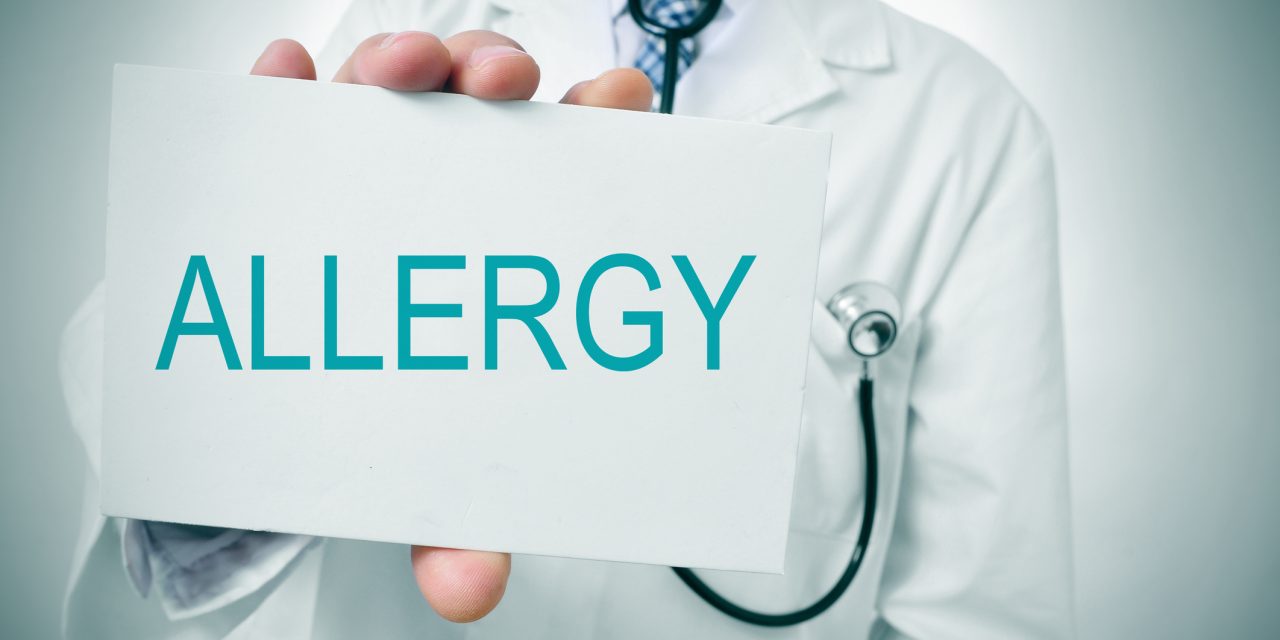To describe tele-ophthalmology consultations for primary-physicians in the IDF during the Covid-19 lockdown.
Retrospective cross-sectional study. Medical records of tele-ophthalmology consultations from March to June 2020 were reviewed.
The study included 245 cases in which an ophthalmologist was consulted. In 62.0% cell-phone camera photographs were used. The mean age was 21.5 ± 6.4 years. The most common diagnoses were acute-conjunctivitis (8.6%); conjunctival-hyperemia (non-specific diagnosis, 8.2%); scleritis/episcleritis (7.3%); chronic allergic-conjunctivitis (7.3%); chalazion (7.3%) hordeolum (6.5%); acute allergic-conjunctivitis (4.5%). 37.6% of patients received primary physician-based treatment, 24.9% of patients received specialist-based treatment. 13.1% were referred to the ER. The consult prevented ER referral for 39.2% and changed the physician’s treatment plan in 70.6% of cases. Foreign-body sensation complaints were more likely treated by a primary-physician (p = 0.015). Cases with suspected foreign-body diagnosis were referred more to the ER (p < 0.001). For most cases of eyelid complaints and diagnoses, primary physician care was sufficient (p < 0.001). Conjunctival complaints and diagnoses received significantly more ophthalmologist-based treatment (p < 0.001). Corneal disorders were significantly referred more to the ER (p = 0.001).
Despite of possible ethical and legal problems and clinical limitations of this instrument, Tele-ophthalmology using objective aids such as smartphone photography can be an efficient tool in aiding the primary-physician, especially for patients with low access to ophthalmologists, with major impact on patient management.
© 2022. The Author(s), under exclusive licence to Springer Nature B.V.
Tele-ophthalmology as an aid tool for primary care physicians in the IDF, during the Covid-19 lockdown.


